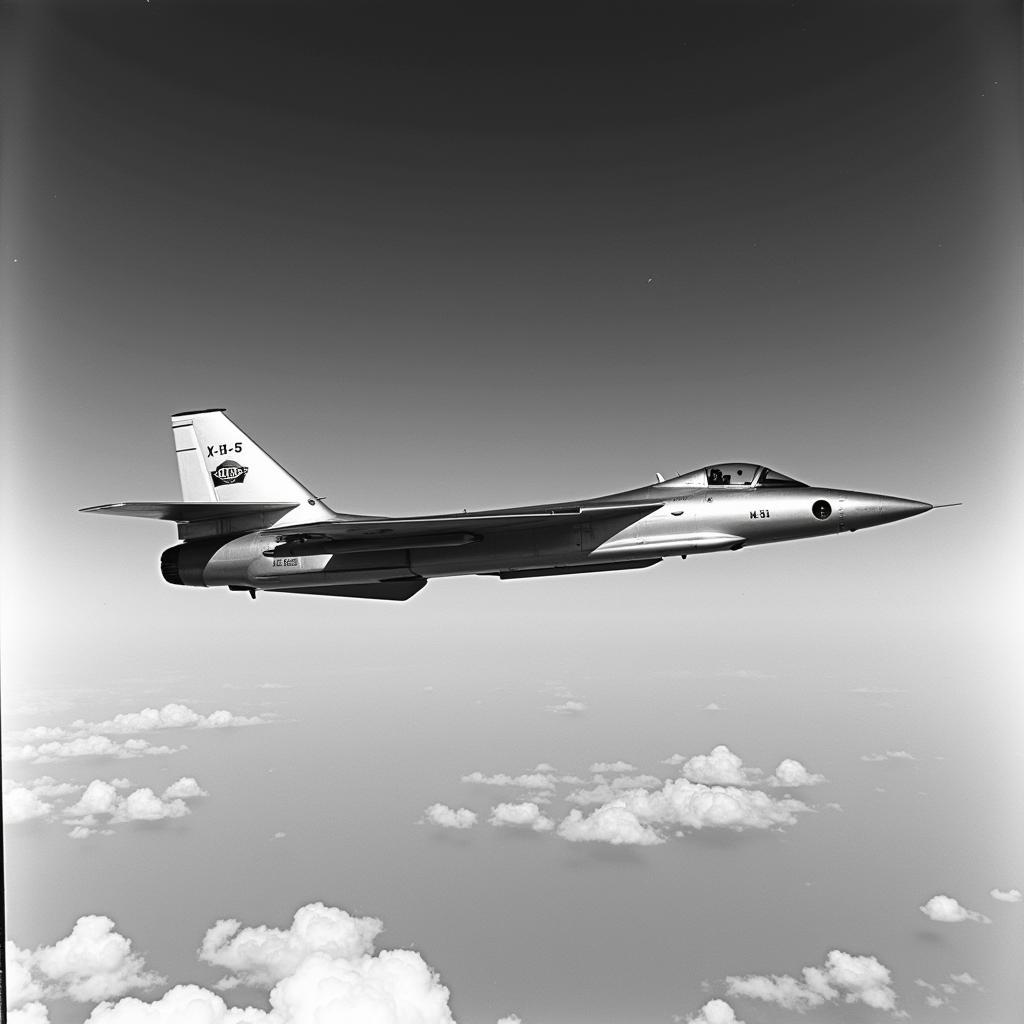Nestled in the heart of California’s Mojave Desert lies a facility that has pushed the boundaries of aerospace innovation for decades – the Nasa Dryden Flight Research Center. This legendary center, now known as the Armstrong Flight Research Center, has been the birthplace of cutting-edge aircraft, groundbreaking research, and awe-inspiring aeronautical feats.
A Legacy of Pioneering Flight: From X-Planes to Space Shuttles
Since its inception in 1946, the NASA Dryden Flight Research Center has been synonymous with experimental aviation. The center’s unique location, with its vast expanse of open airspace and favorable weather conditions, made it an ideal proving ground for high-speed, high-altitude, and experimental flight.
One of Dryden’s most celebrated accomplishments is its pivotal role in the X-plane program. This daring initiative, a collaboration between NASA and the U.S. Air Force, sought to explore the uncharted territories of supersonic and hypersonic flight.
 X-15 Supersonic Flight
X-15 Supersonic Flight
The X-15, a rocket-powered experimental aircraft, became a symbol of this era, reaching record-breaking speeds of Mach 6.7 (over 4,500 mph) and altitudes exceeding 350,000 feet. These daring test flights, conducted at Dryden, provided invaluable data on high-speed aerodynamics, heating, and control systems, laying the groundwork for future advancements in aerospace technology.
Beyond supersonic flight, Dryden played a critical role in the development and testing of the Space Shuttle program. The center’s extensive runway and specialized facilities made it the primary landing site for the Space Shuttle orbiters, marking a pivotal link between atmospheric flight and the vastness of space.
Researching the Future of Flight: Unmanned Systems and Beyond
While the echoes of supersonic booms and shuttle landings still resonate at Dryden, the center continues to evolve, focusing on the future of flight. Today, NASA Armstrong, as it is now known, remains at the forefront of aeronautical research, exploring cutting-edge technologies that are shaping the next generation of aircraft.
 Unmanned Aerial Vehicles at NASA Dryden
Unmanned Aerial Vehicles at NASA Dryden
Unmanned aerial vehicles (UAVs), more commonly known as drones, are a key area of research at Armstrong. The center is actively developing and testing advanced UAV systems, exploring their potential for a wide range of applications, including Earth science research, disaster response, and commercial aviation.
The focus on UAVs is just one facet of Armstrong’s commitment to advancing aeronautical innovation. The center is also engaged in research on:
- Advanced aircraft design: Exploring new materials, configurations, and technologies to create safer, more efficient, and environmentally friendly aircraft.
- Supersonic flight research: Continuing to push the boundaries of speed, investigating ways to mitigate sonic booms and make supersonic flight over land a reality.
- Green aviation technologies: Developing and testing technologies that reduce the environmental impact of aviation, focusing on alternative fuels, noise reduction, and improved fuel efficiency.
Dryden: A Legacy of Innovation, A Future of Discovery
From its early days as a testing ground for experimental aircraft to its current role as a hub for cutting-edge aeronautical research, the NASA Dryden Flight Research Center, now known as Armstrong, has left an indelible mark on the history of flight. As we look to the skies, we can be sure that the spirit of innovation and exploration that has defined Dryden will continue to propel us towards new frontiers in aerospace technology.